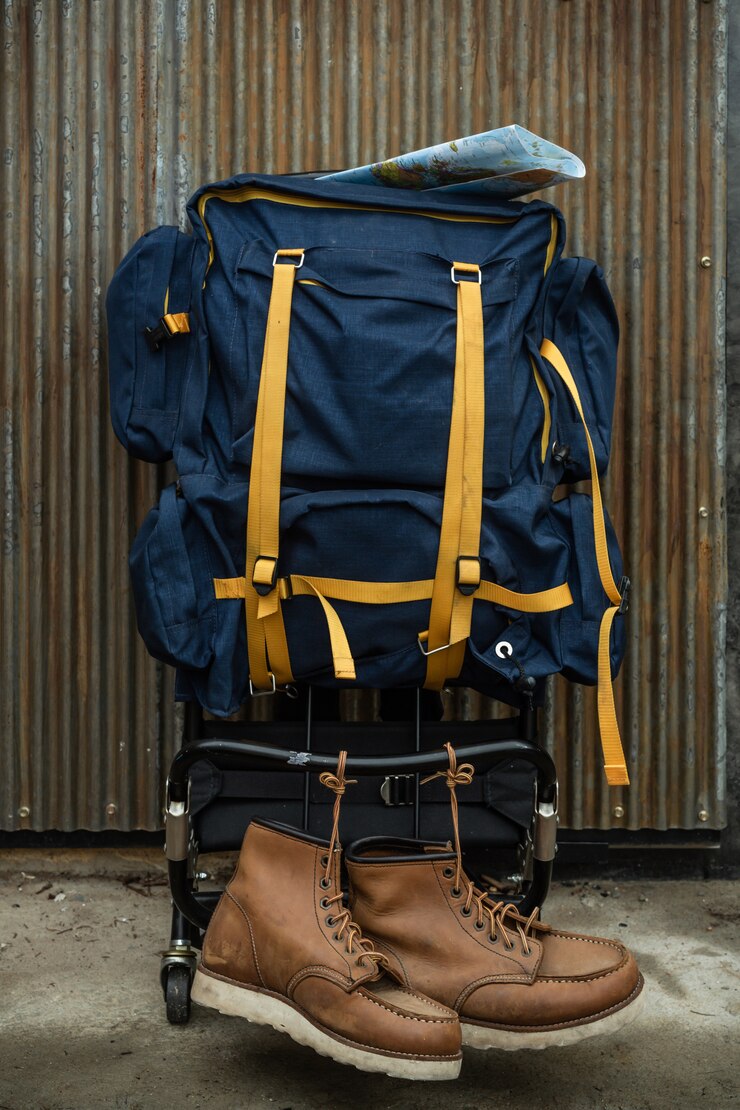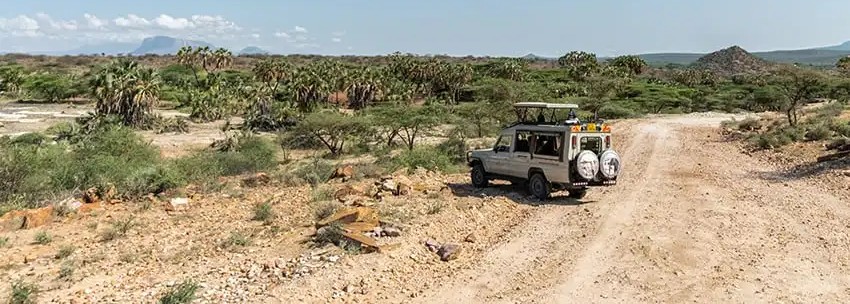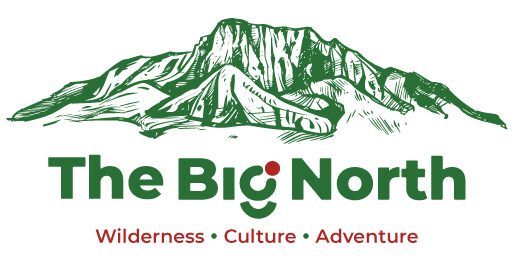Visiting the Big North
The Big North is unlike any other destination on earth. This is a once-in-a-lifetime destination; where wilderness and culture meets epic adventure. And the icing on the cake? It is responsible tourism at its very best.
The Big North is the collective name for the counties of Samburu, Laikipia and Marsabit. This huge wilderness area is home to many different pastoral tribes who live their life sharing the area with wildlife. This makes the Big North a fabulous place to visit for an introduction both culture and the wilderness.
Rock climbing, rhino tracking, bartering in a local market, game driving, nature walks, or simply sitting watching a view with a cold drink in hand; the Big North offers an endless list of activities in which to partake.
So, whether you are an adrenaline junkie or a safari and sundowner type, or an adventure family, the Big North says Karibu!
When to Go
In Kenya, we have two seasons, the dry season December through to March and June through to October. And the wet season is normally in April, May and October, November although with today’s weather this is extremely variable.
If it’s wildlife you are after on your trip then we would recommend visiting in the dry season, the best thing to do is find a water hole and what the wildlife and birdlife come in from afar to drink.
If you are keen on flowers, plants and a lush green landscape then visiting just after the rains is a must! There is nothing better than seeing the North covered in a carpet of flowers after the rains.


What to Bring
Clothing – in general, long-sleeved, lightweight shirts and trousers, with a sweater and/or light jacket are appropriate for the evenings/early mornings. Shorts and t-shirts are suitable for the hotter days, as dress is casual. The campsites and bandas do not have heating, so bring something warm in which to sleep. A good pair of walking shoes or boots is advisable when out on walks. However, within the campsites or bandas flipflops or sandals may be worn. Neutral colors, such as grey, khaki, browns or greens, are best; bright colors and patterns, including white, can spook animals and birds. Try to avoid black or navy blue as these can attract tsetse fly.
Sundries – a wide brim hat. Strong, at least 30 factor suncream. Torch per person and extra batteries. Binoculars. Camera equipment plus batteries. Basic first Aid Kit containing Insect-repellant spray for the body, rehydrant powders, anti-diarrhea tablets, aspirin, generic antibiotics, anti-histamine tablets/cream and plasters. Shampoo, soap, toothpaste and toothbrush.
Camping – Tents, mattresses or lilos (don’t forget a footpump). Sleeping bags or bedding. Folding chairs and table. Camping gas cooker or burners – in some places you will be able to make a camp fire to cook. 2 Saucepans, 1 large frying pan. Spatula and large cooking spoon. Sharp chefs knife. Tin opener/bottle opener. 1 plate per person, 1 mug per person (can be used for hot and cold drinks), 1 knife/fork/spoon per person. Dish wash soap and sponge. Dish towel. Paraffin lanterns or solar lights. Towel per person and bucket for a bush ‘shower’.
Bandas – For those staying at bandas like Olgaboli, Tassia, Nkoteiya, or Nasuulu, most of your bedding, cooking gear, and dishes are provided—you just need your personal items, food, and drinks.
Getting Around
If you are looking for adventure, heading off the beaten track to explore the Big North then the best way to do this is via a 4 wheel drive vehicle. The majority of the NRT member conservancies are accessible on dirt roads although these become difficult to travel on in the wet season.

